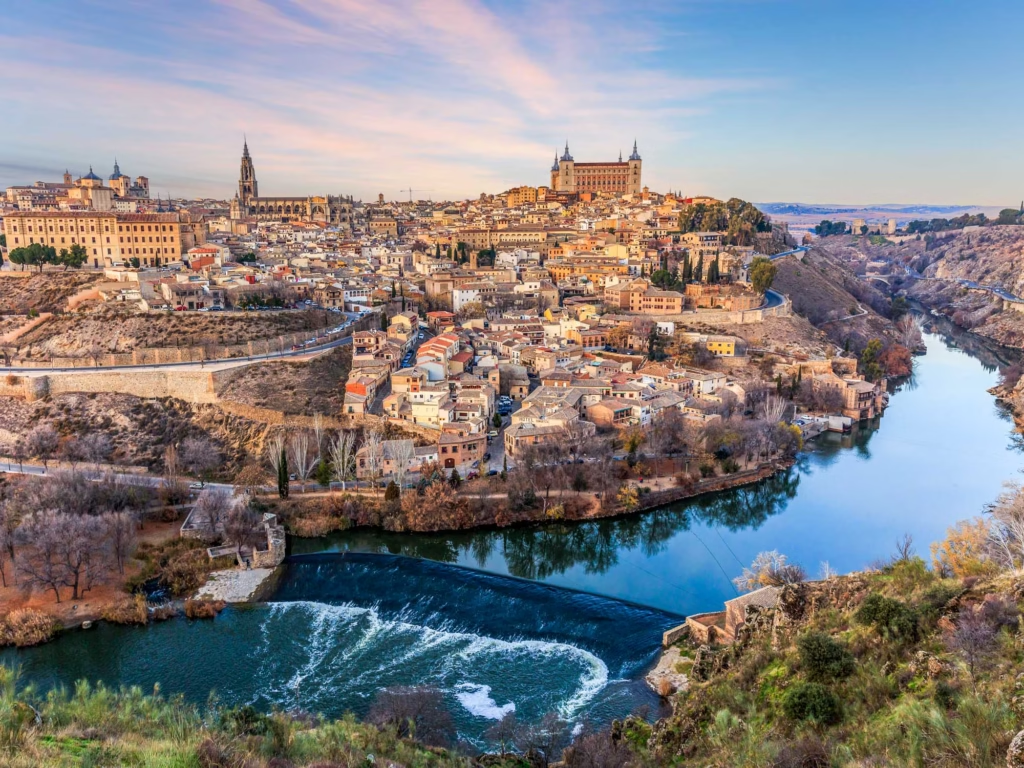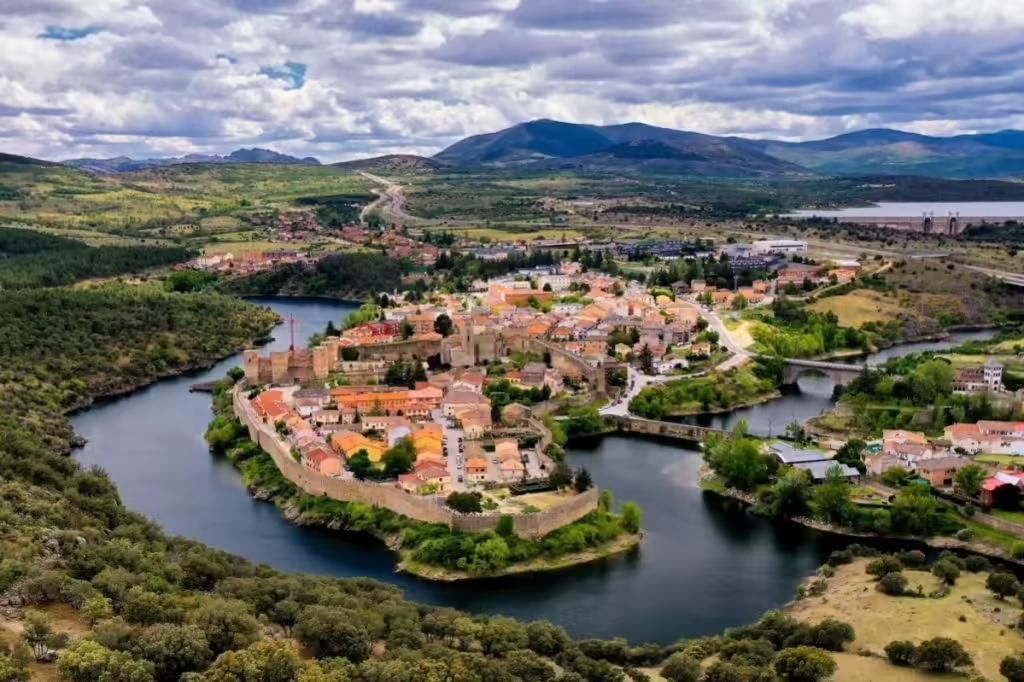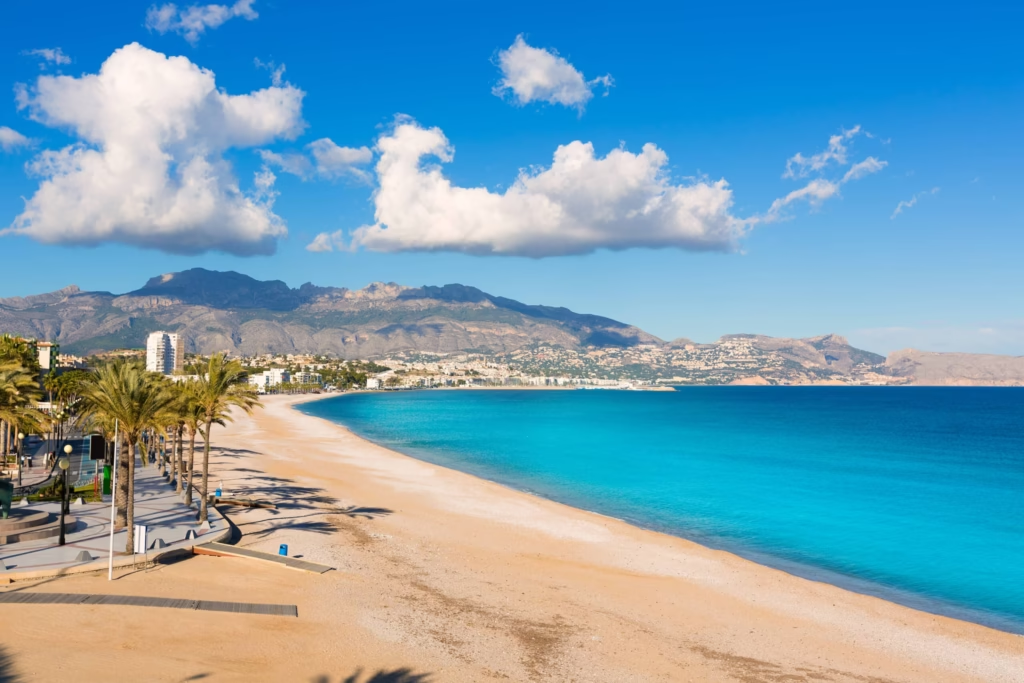Toledo, often referred to as “The Imperial City” and “The City of the Three Cultures,” is a treasure trove of history and culture. Perched atop a hill and encircled by the Tagus River, this UNESCO World Heritage Site offers visitors a journey through time, showcasing the harmonious coexistence of Christian, Muslim, and Jewish influences. Whether you’re a history enthusiast, an art lover, or a culinary adventurer, Toledo has something for everyone

Table of Contents
Historical Overview
Toledo’s rich history dates back to Roman times, but it truly flourished during the medieval period. As the capital of the Visigothic Kingdom, it later became a focal point where Christian, Muslim, and Jewish cultures coexisted, contributing to its diverse architectural and cultural landscape. This unique blend is evident in the city’s mosques, synagogues, and churches, standing as testaments to its multifaceted past.
Top Attractions
Toledo Cathedral
A masterpiece of Gothic architecture, the Toledo Cathedral, also known as the Primate Cathedral of Saint Mary of Toledo, stands as a symbol of the city’s religious significance. Constructed between 1226 and 1493, it boasts intricate stonework, stunning stained glass windows, and the renowned Baroque altar called El Transparente. Visitors can also explore the Mozarabic Chapel, which still uses the ancient Mozarabic Rite and music
Alcázar of Toledo
Dominating the city’s skyline, the Alcázar of Toledo is a stone fortification with a rich history. Initially a Roman palace, it has served various roles, including a royal residence and military academy. Today, it houses the Army Museum, offering insights into Spain’s military past and the building’s own storied history.
Jewish Quarter
Toledo’s Jewish Quarter is a labyrinth of narrow cobblestone streets, historic synagogues, and charming patios. Notable sites include the Synagogue of El Tránsito, which now houses the Sephardic Museum, showcasing the rich history of the Jewish community in Spain. Another significant site is the Synagogue of Santa María la Blanca, a stunning example of Mudéjar architecture.
Monastery of San Juan de los Reyes
Commissioned by the Catholic Monarchs in the 15th century, this Franciscan monastery is a prime example of Gothic-Spanish-Flemish style with Mudéjar ornamentation. Its cloisters and intricate ceilings are particularly noteworthy, reflecting the Catholic Monarchs’ devotion and the architectural trends of the period
El Greco Museum
Dedicated to the renowned painter El Greco, who spent a significant part of his life in Toledo, this museum offers a comprehensive collection of his works. Set in a recreated 16th-century house, visitors can immerse themselves in the artist’s environment and appreciate his contribution to the Spanish Renaissance.
Culinary Delights
Toledo’s gastronomy is deeply rooted in its traditions, reflecting a blend of Christian, Muslim, and Jewish influences. Signature dishes include:
Carcamusas: A hearty stew made with pork and vegetables.
Migas: Fried breadcrumbs often mixed with garlic, chorizo, and peppers.
Perdiz Estofada: Partridge stew, showcasing the region’s game cuisine.
Toledo is also famed for its marzipan, a sweet almond-based treat, which holds a Protected Geographical Indication. Visitors can indulge in this delicacy at local establishments like the Obrador de Mazapán de Santo Tomé.
Shopping for Souvenirs
Toledo has been renowned for its traditional sword-making and steel-working since about 500 BCE. Today, visitors can purchase high-quality replicas of historical swords, as well as other artisanal crafts such as damascene metalwork, where gold or silver is inlaid into iron or steel to create intricate patterns.
Practical Information
Getting There: Toledo is easily accessible from Madrid via a 30-minute train ride, making it a convenient day trip.
Getting Around: The city’s historic center is best explored on foot. Wear comfortable shoes to navigate its hilly terrain and cobblestone streets.
Accommodation: For those wishing to extend their stay, Toledo offers a range of accommodations, from boutique hotels like Entre Dos Aguas, set in the former home of musician Paco de Lucía, to the Parador de Toledo, which provides panoramic views of the city.
FAQs
1: Is Toledo worth an overnight stay or just a day trip?
Definitely stay overnight if possible. You’ll enjoy the city’s medieval charm lit up and avoid day-trip crowds .
2: How do I get to Toledo from Madrid?
High-speed AVE train (approx. 30 min). Then take local bus, taxi, or escalator to the city center .
3: Is there a combined ticket for attractions?
Yes—many sites offer combo tickets for cathedral, synagogue, mosque. Guided tours often bundle top sites.
4: When is the best time for the Mirador del Valle viewpoint?
Late afternoon or sunset offers the most stunning light and fewer tourists.
5: What local dishes should I try?
Try partridge stew, lamb roast, cochifrito, migas; also sample Manchego cheese and marzipan

